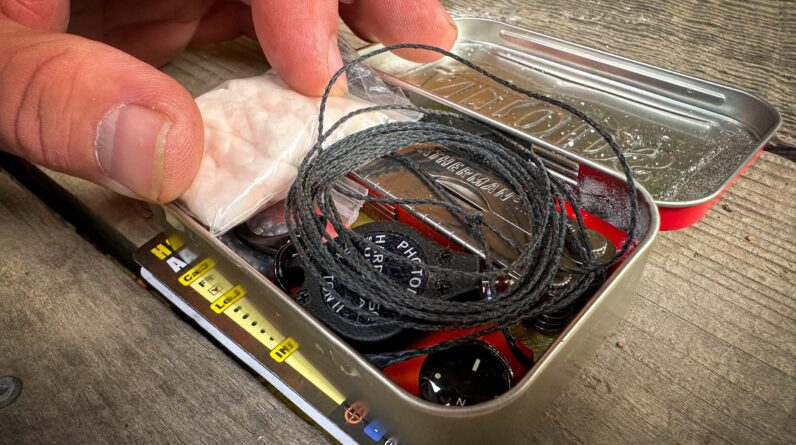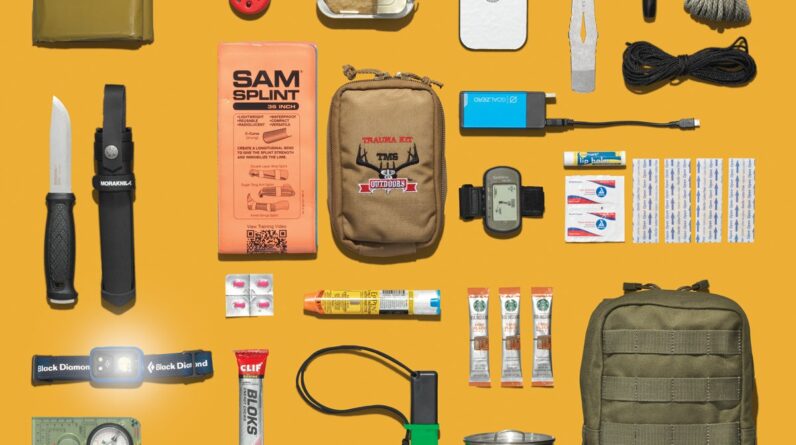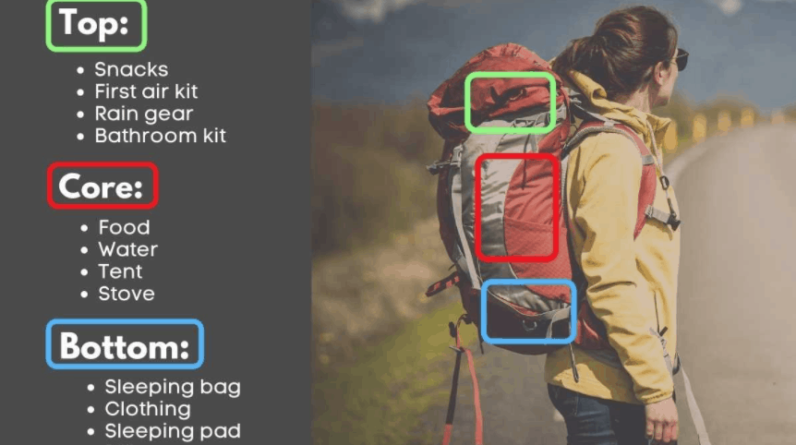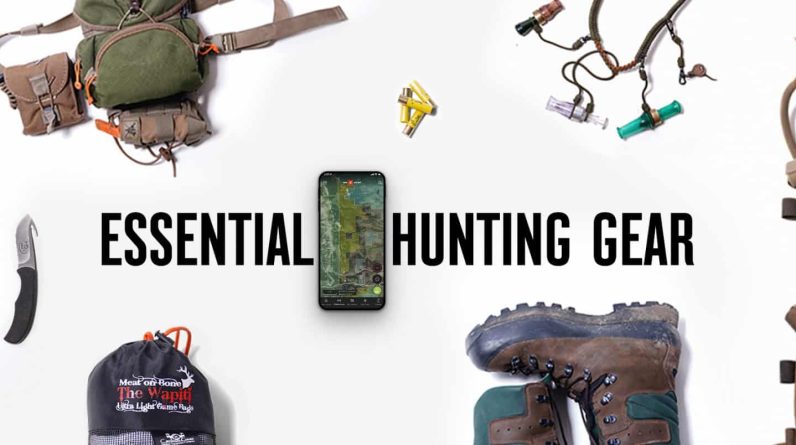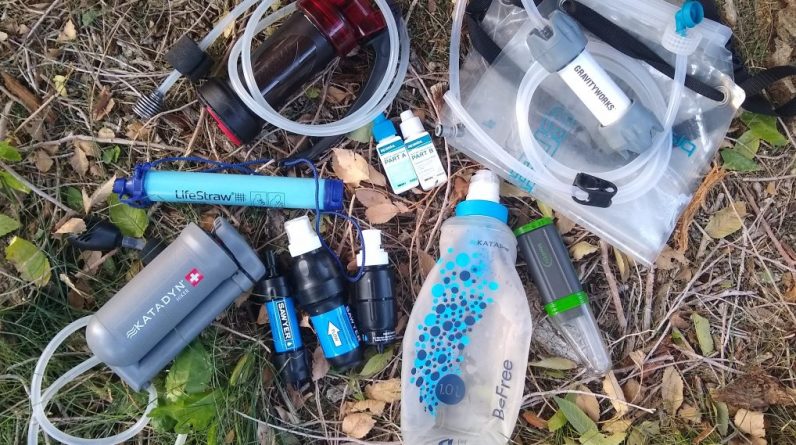
Are you planning a camping trip? It’s always a good idea to be prepared for any unexpected accidents or injuries. A first-aid kit specifically designed for camping can be a lifesaver in such situations. But what exactly should you include in your camping first-aid kit? Well, let’s take a closer look at some essential items that you should definitely have in there. By the end of this article, you’ll have a better understanding of what you need to pack to ensure your safety and well-being during your outdoor adventures.
First and foremost, you’ll want to make sure you have bandages of various sizes in your first-aid kit. These are handy for treating cuts, scrapes, blisters, or any other minor wounds that you may encounter while camping. Additionally, it’s important to include adhesive tape and sterile gauze pads to assist with larger wounds or to immobilize a broken bone until you can seek professional medical help. Don’t forget to include an antiseptic solution or wipes to clean the wounds beforehand to reduce the risk of infection.
Insect bites and stings are common occurrences in the great outdoors, so you’ll want to be prepared for those as well. Pack some antihistamines and hydrocortisone cream to alleviate itching, redness, and swelling caused by insect bites. If you’re in an area with a higher risk of ticks or mosquitoes, consider including insect repellent in your first-aid kit. You’ll also want to have a pair of tweezers to remove any ticks or splinters you may encounter along the way.
Lastly, having some pain relief medication such as acetaminophen or ibuprofen is crucial in case of headaches, muscle aches, or fever. A thermometer is also handy to monitor your temperature and identify potential signs of illness. It’s always better to be safe than sorry! There are many other items that you can include in your camping first-aid kit, but these essentials should provide a good starting point. So, go ahead and put together your kit, because when it comes to outdoor adventures, it’s better to be prepared for the unexpected!

This image is property of Amazon.com.
Essential Items for a Camping First-Aid Kit
Camping trips are a fantastic way to enjoy the great outdoors and explore new places. However, being out in nature can also pose certain risks, such as injuries and emergencies. That’s why it’s essential to have a well-equipped camping first-aid kit with you at all times. In this article, we will discuss the must-have items that should be included in your camping first-aid kit to ensure you’re prepared for any unexpected incidents.
Bandages and Dressings
One of the most important items in your camping first-aid kit is a selection of bandages and dressings to treat wounds and cuts. These items are essential for preventing infections and protecting the injured area. Here are some crucial bandages and dressings you should include in your kit:
Adhesive Bandages
Also known as “band-aids,” adhesive bandages are perfect for covering small wounds and cuts. They come in various shapes and sizes, making them versatile for different types of injuries. Remember to include a few different sizes to accommodate various needs.
Gauze Pads
Gauze pads are an excellent option for larger wounds or burns. They effectively absorb blood and other fluids, allowing wounds to heal better. Make sure to pack enough gauze pads in your kit to ensure you have an ample supply for emergencies.
Sterile Dressings
Sterile dressings are necessary for covering more severe injuries or open wounds. They provide a clean and germ-free environment for the wound to heal. Sterile dressings often come individually wrapped, which ensures their cleanliness when you need them the most.
Elastic Bandages
Elastic bandages are perfect for immobilizing sprained or strained joints, such as ankles or wrists. They provide compression and support, helping to reduce swelling and promote faster healing. Having a few elastic bandages in your camping first-aid kit is crucial for providing immediate relief in case of such injuries.
Wound Cleaning and Antiseptics
Proper wound cleaning is vital to prevent infections and promote quick healing. Including wound cleaning and antiseptic supplies in your camping first-aid kit is essential to keep wounds clean and free from harmful bacteria. Here are some items you should have:
Antiseptic Solution
Antiseptic solutions, such as hydrogen peroxide or iodine, are essential for cleaning wounds before applying dressings. These solutions help kill bacteria and reduce the risk of infection. Make sure to include a small bottle of antiseptic solution in your camping first-aid kit.
Antiseptic Wipes
For convenience and ease of use, antiseptic wipes are a great addition to your camping first-aid kit. These individually packaged wipes are pre-moistened with antiseptic solutions, making them perfect for cleaning wounds quickly without the need for additional supplies.
Hydrogen Peroxide
Hydrogen peroxide is a mild antiseptic that can be used to flush out wounds and prevent infection. It can also be used to clean tools or instruments in case of emergencies. Including a small bottle of hydrogen peroxide in your camping first-aid kit is a wise choice.
Saline Solution
Saline solution is a gentle and effective way to flush out debris from wounds or eyes. It can also be used to clean contact lenses or remove foreign particles. Having a few bottles of saline solution in your camping first-aid kit can prove invaluable in emergency situations.
Tools and Instruments
Having the right tools and instruments in your camping first-aid kit is essential for effectively treating injuries. These items will help you handle emergencies with ease and provide necessary assistance. Here are some tools and instruments that should be included:
Scissors
A pair of sharp, stainless steel scissors is a must-have tool in any first-aid kit. They are versatile and can be used for cutting bandages, clothing, or other materials during an emergency. Make sure to choose a pair that is both durable and comfortable to handle.
Tweezers
Tweezers are invaluable in removing splinters, thorns, or other foreign objects from the skin. They should be included in your camping first-aid kit to ensure prompt and safe removal of such objects. Opt for tweezers with a pointed tip as they give you better control and precision.
Safety Pins
Safety pins are essential for securing bandages or dressings in place. They can also be used for makeshift repairs or fastening items together. Having a couple of safety pins in your camping first-aid kit is always a good idea.
Thermometer
A thermometer is a crucial tool for assessing someone’s body temperature, which can indicate if they have a fever or are experiencing heat exhaustion. Including a digital thermometer in your camping first-aid kit will allow you to monitor and respond to changes in body temperature effectively.
Medications
In addition to items for treating physical injuries, it’s crucial to include medications in your camping first-aid kit. These can help alleviate symptoms of common ailments and provide relief when needed. Here are some medications to consider:
Pain Relievers
Pain relievers, such as acetaminophen or ibuprofen, are essential for managing aches, pains, and headaches. They can also help reduce fever. Make sure to include a small bottle of pain relievers in your camping first-aid kit.
Antihistamines
Allergies are common, and being out in nature can expose you to various allergens. Including antihistamines in your camping first-aid kit can help alleviate symptoms of allergies, such as sneezing, itching, or hives.
Topical Creams
Topical creams, such as hydrocortisone or antibiotic ointments, are great for soothing insect bites, rashes, or minor burns. They provide relief and aid in the healing process. Remember to include small tubes of these creams in your camping first-aid kit.
Eye Drops
Eye drops can provide quick relief for dry, irritated, or red eyes. They can also help flush out foreign objects that may have entered the eye. Including a small bottle of eye drops in your camping first-aid kit will ensure you have immediate relief for eye-related issues.
Emergency Equipment
While it’s essential to have supplies for treating injuries, it’s equally crucial to include emergency equipment in your camping first-aid kit. These items can help in extreme situations and potentially save lives. Here are some emergency equipment items to consider:
CPR Mask
A CPR mask is a vital tool that provides a safe and effective way to administer CPR to someone in need. It acts as a barrier, protecting both the rescuer and the person receiving CPR. Including a CPR mask in your camping first-aid kit is essential for handling emergency situations.
Emergency Whistle
An emergency whistle is a small, lightweight tool that can be heard over long distances. It can help attract attention and call for help when needed. Including an emergency whistle in your camping first-aid kit is crucial for communication in case of emergencies.
Emergency Blanket
Also known as a space blanket, an emergency blanket is a thin, lightweight, and highly reflective material that helps prevent hypothermia by retaining body heat. It can also be used as a signaling device. Including an emergency blanket in your camping first-aid kit is a wise choice for any outdoor activity.
Tourniquet
In extreme cases of severe bleeding, a tourniquet may be necessary to stop the bleeding and save a life. Although tourniquets should only be used as a last resort, including one in your camping first-aid kit can be a lifesaver during critical situations.
Miscellaneous
In addition to the above-mentioned items, there are a few miscellaneous items that should be included in your camping first-aid kit. These will help you maintain a clean and safe environment while providing necessary care. Here are some miscellaneous items to consider:
Gloves
Disposable gloves are crucial for protecting yourself and the patient from infectious diseases or cross-contamination. They should always be worn when providing first-aid care. Including a few pairs of disposable latex or nitrile gloves in your camping first-aid kit is essential.
Medical Tape
Medical tape is an essential item for securing dressings or securing splints. It can also be used for minor repairs or to secure other items. Including a roll of medical tape in your camping first-aid kit is vital for providing proper care in emergency situations.
First Aid Manual
Having a first aid manual in your camping first-aid kit is essential for guidance during emergencies. It will provide step-by-step instructions on how to handle different injuries or situations. Make sure to include a manual that covers a wide range of first-aid topics.
Hand Sanitizer
Hand sanitizer is a convenient way to disinfect your hands when water and soap are not readily available. Including a small bottle of hand sanitizer in your camping first-aid kit will help maintain good hygiene and prevent the spread of germs.
Personal Medications
If you or anyone in your camping group has specific medical conditions, it’s crucial to include their personal medications in the first-aid kit. This ensures that necessary medications are readily available in case of an emergency. Here are some examples of personal medications to consider:
Prescription Medications
If anyone in your camping group requires prescription medications for a chronic condition, make sure to include a sufficient supply in the first-aid kit. It’s essential to check the expiration dates and regularly replenish these medications.
Allergy Medications
If any members of your camping group have known allergies, including antihistamines or epinephrine auto-injectors (EpiPens), is vital. These medications can help manage allergic reactions and potentially save lives.
Asthma Inhalers
Individuals with asthma should always have their inhalers readily available. Make sure to include spare inhalers or rescue inhalers in the camping first-aid kit to manage asthma attacks effectively.
Additional First-Aid Supplies
In addition to the essential items discussed above, there are a few extra supplies that can enhance your camping first-aid kit. These items can provide additional comfort and aid in specific situations. Here are some additional first-aid supplies to consider:
First-Aid Scissors
First-aid scissors are specifically designed with a blunt tip, making them safe for cutting clothing or bandages close to the skin without causing further injury. Including a pair of first-aid scissors in your camping first-aid kit is a practical choice.
Disposable Gloves
In addition to the disposable gloves previously mentioned, having a few extra pairs of gloves can be useful, especially on longer camping trips or in situations where you have multiple injuries to treat.
Instant Cold Compress
Instant cold compresses provide immediate relief for sprains, strains, insect bites, or minor burns. They are activated by breaking an inner pouch, which triggers a chemical reaction that instantly cools the compress. Including a few instant cold compresses in your camping first-aid kit is a smart choice.
Digital Thermometer
In addition to the basic thermometer mentioned earlier, a digital thermometer can provide more accuracy and ease of use. It’s a handy tool for monitoring body temperature in case of fever or heat-related conditions.
Emergency Contact Information
Lastly, it’s important to include emergency contact information in your camping first-aid kit. This information ensures that you have all the necessary details readily available in case of an emergency. Here are some essential contact information items to consider:
Emergency Phone Numbers
Include emergency phone numbers in your first-aid kit, including local emergency services, park rangers, or nearby medical facilities. Having these numbers easily accessible can save valuable time in an emergency situation.
Medical Insurance Information
If you have medical insurance, keeping a copy of your insurance information in your camping first-aid kit is important. It can expedite the process of seeking medical attention and ensure that you receive the necessary care.
Contact Information for Family/Next of Kin
Including contact information for your family or next of kin is crucial in emergencies. This allows medical personnel or authorities to quickly notify your loved ones if necessary.
Physician’s Contact Information
If you have a primary care physician or a specialist, including their contact information in your camping first-aid kit is useful. In case of emergencies, medical professionals may need to gather essential information about your health and medical history.
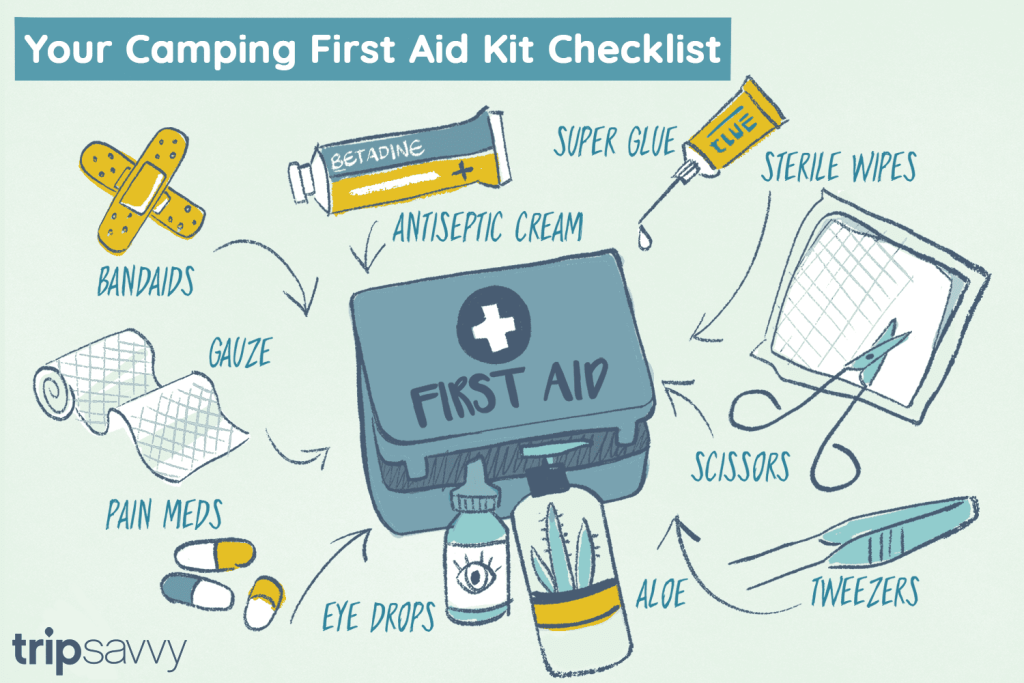
This image is property of www.tripsavvy.com.
Conclusion
Having a well-equipped camping first-aid kit is essential for any outdoor adventure. It ensures that you are prepared for unexpected injuries and emergencies, providing immediate care and potentially saving lives. By following the outline and including the must-have items discussed in this article, you can create a comprehensive camping first-aid kit that will help keep you safe and healthy during your outdoor excursions. Remember to regularly check and restock your first-aid kit, and most importantly, stay safe and enjoy your camping trip!

This image is property of littlefamilyadventure.com.

